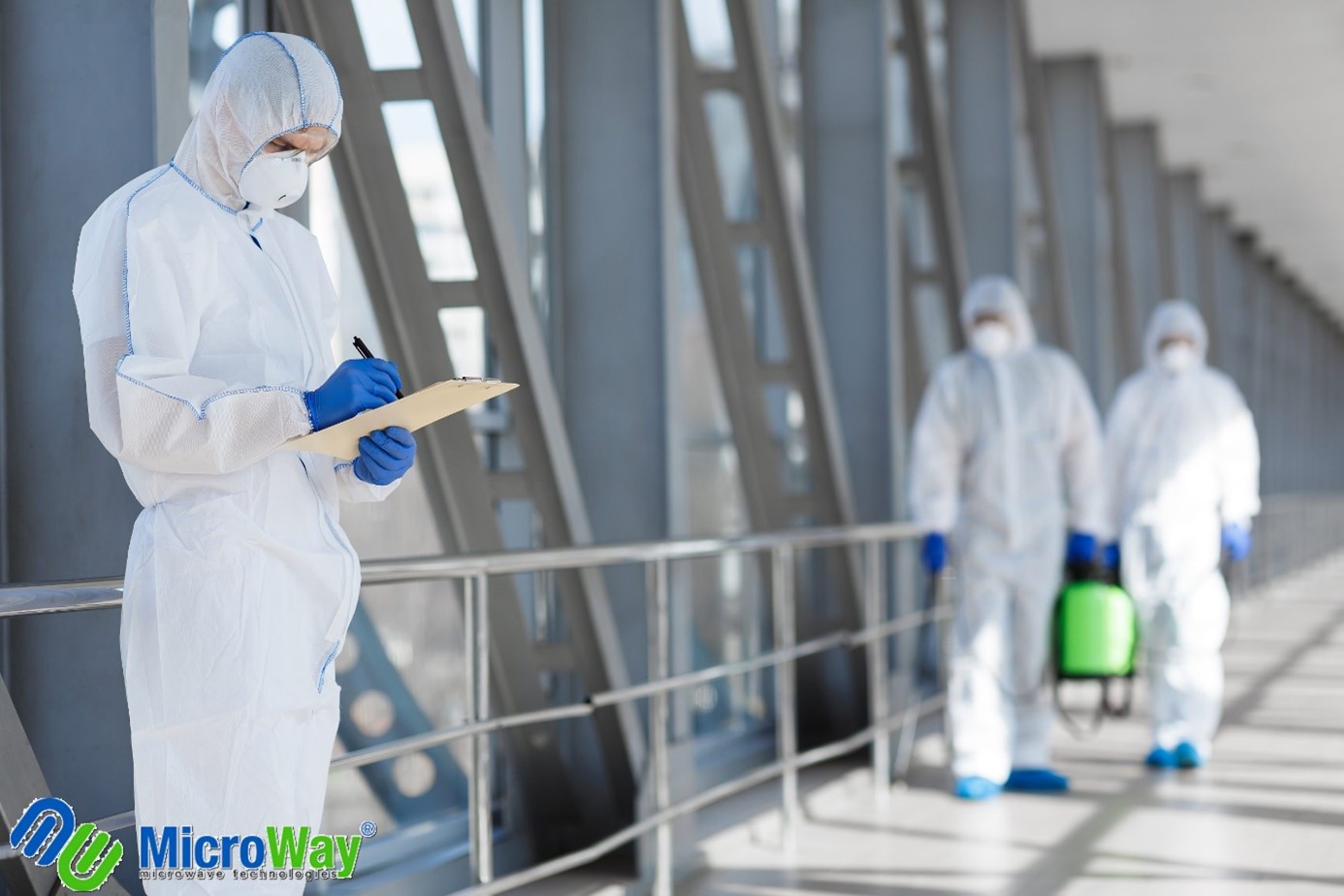Introduction:
Fumigation is a widely employed pest control method known for its efficacy, but the question of its safety often arises. This article delves into the potential risks associated with fumigation, examining the safety measures in place to mitigate these risks and ensure the well-being of both humans and the environment.Get acquainted with the production capacity of the Microway brand.

Understanding:
Fumigation involves the use of gaseous substances to eliminate pests in various environments, such as agriculture, storage facilities, and structural spaces. While highly effective, the potential dangers associated with fumigation require a thorough examination.
Potential Risks of Fumigation:
- Exposure to Toxic Gases: Fumigants used in the process are toxic and, if not handled properly, can pose risks to human health. Direct exposure may lead to respiratory issues, skin irritation, or more severe health concerns.
- Environmental Impact: Some fumigants have been associated with environmental concerns, such as ozone layer depletion or contributions to air pollution. The release of certain chemicals may have long-term effects on ecosystems.
- Fire Hazard: Some fumigants are flammable, posing a potential fire hazard. Strict precautions are necessary to prevent accidental ignition during the fumigation process.

Safety Measures in Fumigation:
- Professional Training and Certification: Only trained and certified professionals should conduct operations. Adequate knowledge ensures that proper procedures are followed, minimizing risks.
- Proper Sealing and Ventilation: The fumigation area must be appropriately sealed to contain the gases during exposure. After the treatment, thorough ventilation is crucial to eliminate residual fumigants and make the area safe for human occupancy.
- Personal Protective Equipment (PPE): Those involved in the process must wear appropriate personal protective equipment, including masks, gloves, and goggles, to minimize direct exposure.
- Regulatory Compliance: Strict adherence to local and international regulations governing the use of fumigants is essential. These regulations often prescribe permissible concentrations, application methods, and safety measures.
- Alternative, Less Hazardous Ongoing research is focused on developing and implementing fumigants with lower toxicity and reduced environmental impact, aiming to make the process safer.

